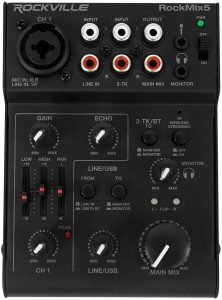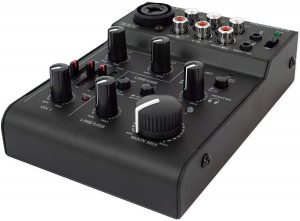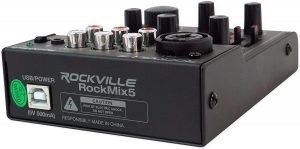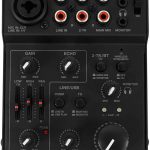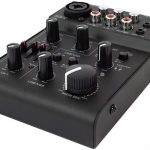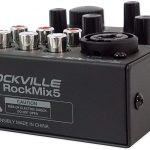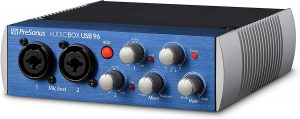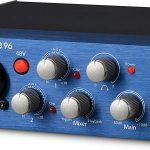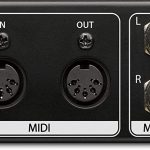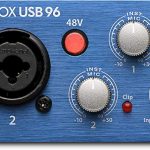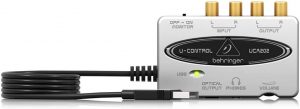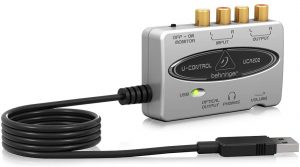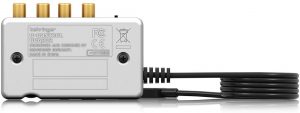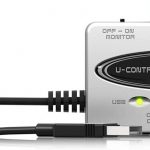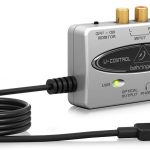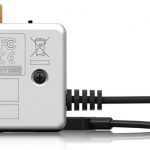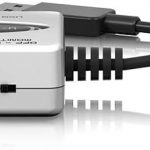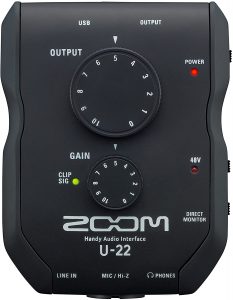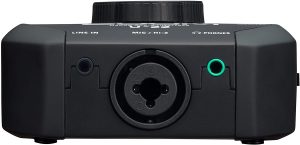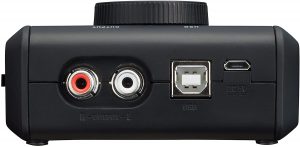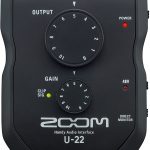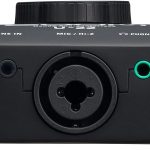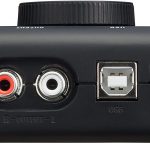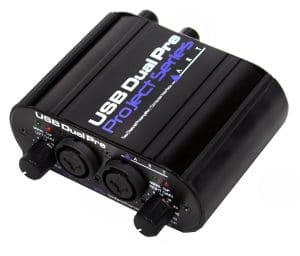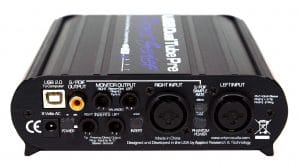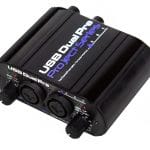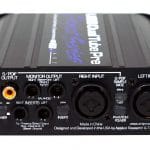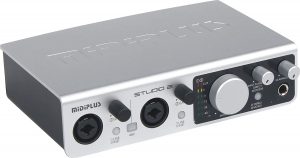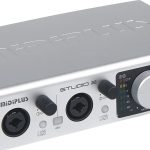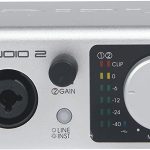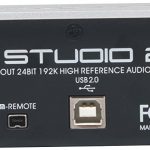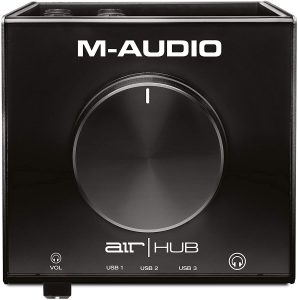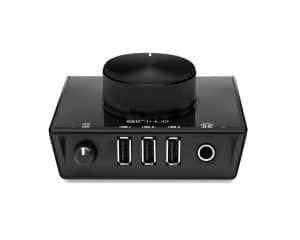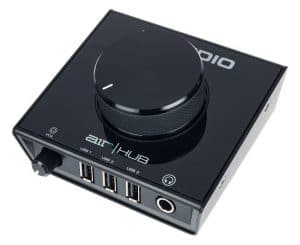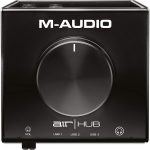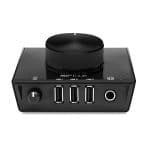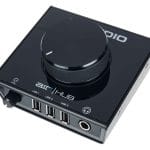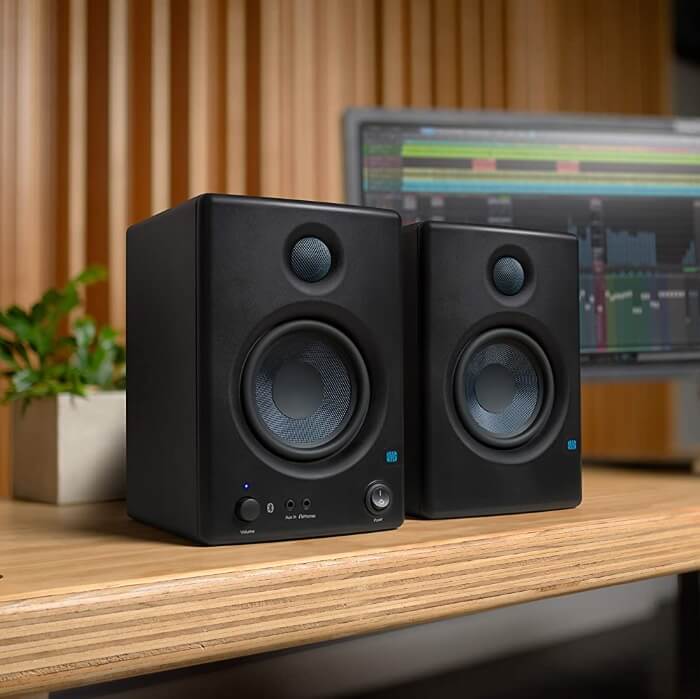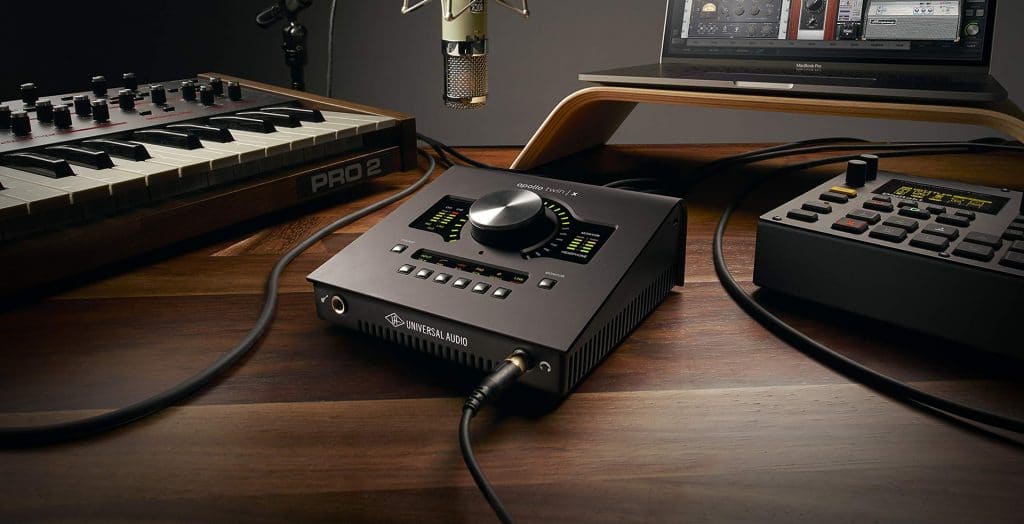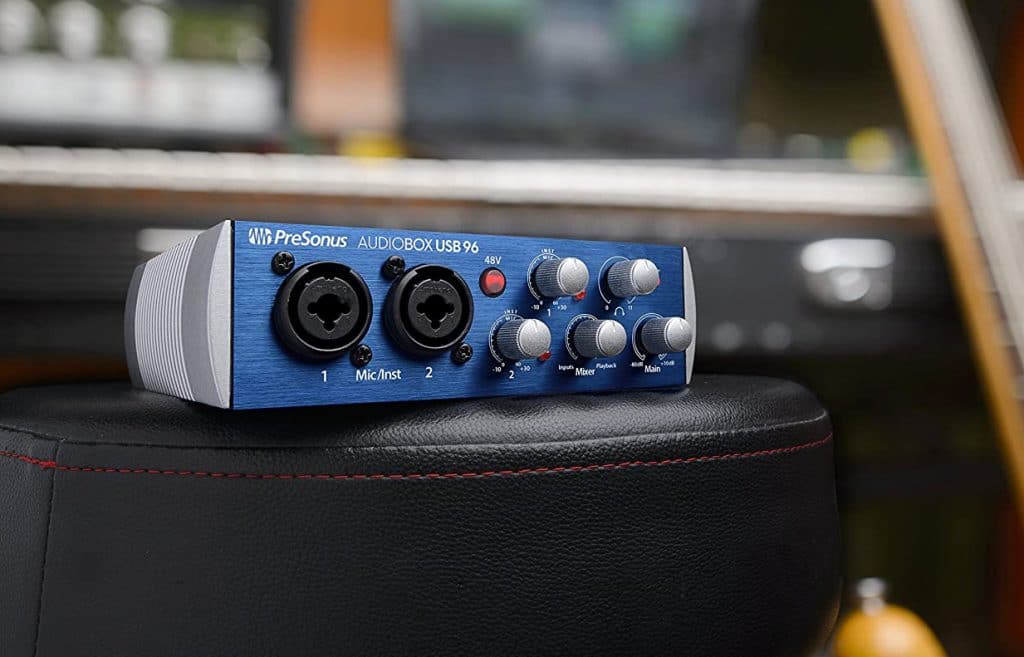What to expect from audio interfaces under $100?
Anyone who has picked up recording as a hobby or is looking to become world-famous from the comfort of his bedroom or on the go can do so by getting an affordable and highly functional audio interface under 100 dollars.
Most audio interfaces under 100 dollars can work with virtually all the modern and significant operating systems like Windows, Android, iOS, and Linux without needing drivers. Therefore, you can use them on your PC or Mac anywhere. They are also powered by USB bus and some have other power options including power bank, batteries or wall power outlet.
Some interfaces under the 100-dollar mark have a phantom power supply which allows you to use a condenser microphone. As for inputs and outputs, most AIs within this price range have a maximum of three inputs and two outputs. They vary across brands and models but they offer an adequate number that allows you to plug in as many devices as possible for fast and easy recording.
Also, some interfaces come with recording software to help you create the best quality records. The audio resolution ranges between 16-bit/44Khz to 24-bit/192kHz which is pretty impressive for such an attractive price point.
Additionally, the interfaces have a super-lightweight yet sturdy construction that is ideal for transporting from one place to another.
Features to consider when buying an audio interface
Here are some of the key features that you must look out for when buying an audio interface.
Desktop vs. rack-mounted model
This is a matter of personal preference. It also depends on the amount of space you have for the interface. If you intend to use the audio interface in your home studio you can choose the rack-mounted model and if you need one to use on the go, then you best choose the desktop model which you can place on any surface wherever you will be.
Inputs/outputs
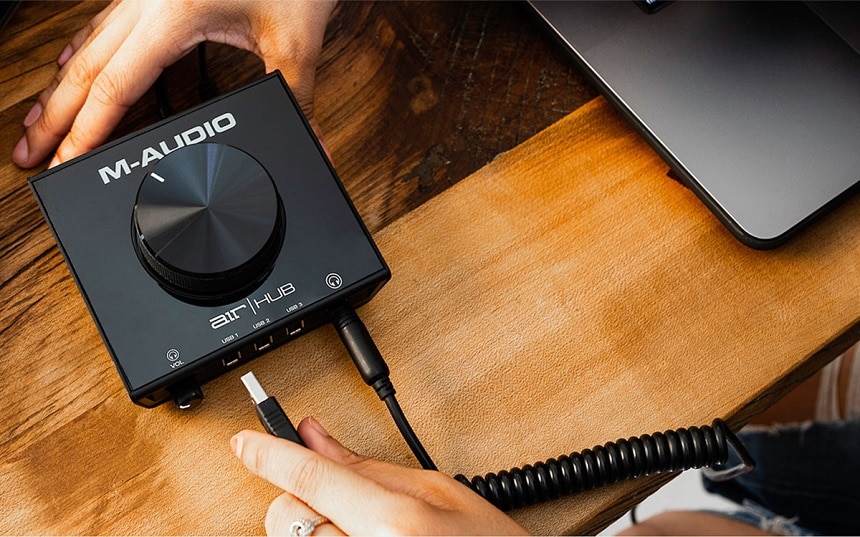
It is not the number of inputs and outputs that make an audio interface great. You need to consider the flexibility and versatility that the inputs and outputs on an AI offer. Most AI units under 100 dollars come with the basic two inputs and two outputs but you have to ensure you choose one that suits your recording intentions. For instance, you may need to record your guitar or piano along with your vocals and that needs more than one input that will capture everything in full detail. The ART USB Dual Pre is a prime example.
Connectivity
This is the compatibility of your existing hardware. You have to ensure that you choose an audio interface with peripheral ports that are compatible with the ones on your computer. You have to check that the mini-jack connections, ¼-inch, or XLR will work with your current set up.
Bitrate and audio resolution
These are critical factors as they determine the ability of the audio interface to capture sound precisely. The best audio interface should be able to capture all the four characteristics of sound which are frequency, dynamic range, amplitude, and phase. An interface with a 24-bit/192kHz audio resolution like the Midiplus Studio 2 above will capture your vocals or instruments with the highest precision and transparency.
DAW and device compatibility
What would you do with an interface that is not compatible with your computer? Compatibility is paramount though most interface hardware is compatible with both PC or Mac you just have to be keen because some rare brands only cater to PC or Mac.
Also, choose an interface that is compatible with several major DAWs as it offers flexibility and you can try all of them to pick the one that suits your recording needs best.
Dimensions and weight
This is another matter of personal preference. You should pick an interface with the size and weight that suits your recording needs. If you need the most flexible one that you can use even when you hit the road, then pick a compact and ultra-lightweight one like the Zoom U-22 above.
Warranty
Warranty is essential as you are likely to encounter problems when using the interface especially if you intend to record regularly. With a warranty, you can reach out for the manufacturer’s help and sometimes even get free repairs in case of damage.
Extra features
To avoid out-of-the-pocket expenses, go for a model that comes with a ton of accessories including USB, Mic, and mini cables.





